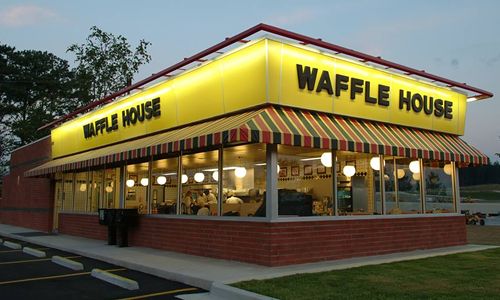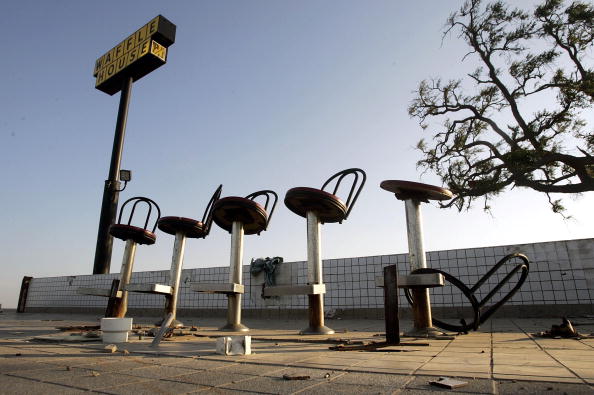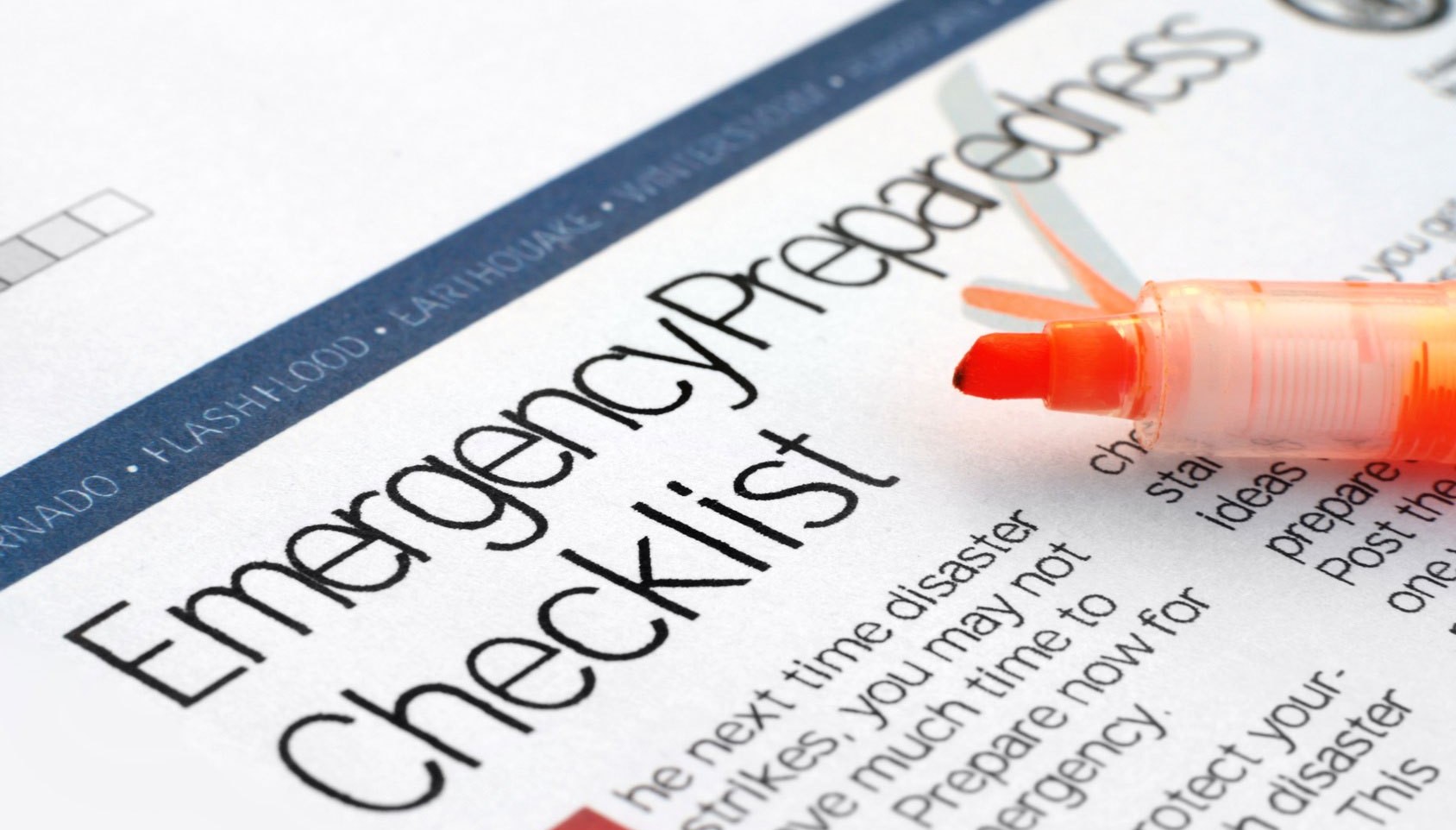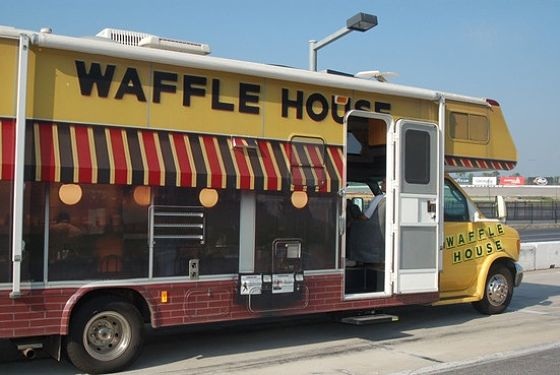There is a business well known for able to stay open 24/7/365 – even if they’re hit by tornadoes, hurricanes, or snowstorms.
Is it an IT company? No, it’s actually a chain of waffle stores.
These waffle stores are so resilient, the Federal Emergency Management Agency (FEMA) uses them to gauge how bad a storm is – they call it “the Waffle House Index“.
“When you get there and the Waffle House is closed? That’s really bad,” the FEMA Administrator famously remarked in May 2011. This was after the 2011 Joplin tornado, when two Waffle House restaurants in the city remained open.
So how does the Waffle House manage to keep their business running no matter what disaster strikes? Here’s how they do it.
The Waffle House Index
So what is the Waffle House Index? It’s a very simple metric used by FEMA, side-by-side with their more formal measurements of wind, rainfall, and other information (E.g. The Saffir-Simpson Hurricane Scale).
The index has three levels, based on the extent of operations and service at a Waffle House restaurant following a storm:
Green (Full Menu): The restaurant has power, and damage is limited.
Yellow (Limited Menu): No power or only power from a generator, or food supplies may be low.
Red (Closed): The restaurant is closed, indicating severe damage.
The Waffle House Index doesn’t just indicate if a restaurant location may rebound, but how well the surrounding community is going.
The Insurance Information Institute estimates 25 percent of businesses that close following a natural disaster never recover.
How Well Their Disaster Plan Works
Because the Waffle House is so well prepared for disasters, it’s rare for the index to hit red. Their biggest test was in Hurricane Katrina, when they had to shut down 107 of their 1,752 stores. Seven locations were completely lost to the storm (shown above).
However, the company got 75 percent of its affected restaurants back up and running within a few days. Even during the 1993 ‘Storm of the Century‘, they were able to keep running.
“The storm lasted days, most roads were closed and power outages were rampant, but we were able to get or keep most of our restaurants up and running,” Waffle House President and CEO Walt Ehmer said. ”
The Waffle House Disaster Plan
1. They Actually Have A Plan
The Waffle House has a written, living disaster operations manual. It is consistently and clearly written, easy to follow, and updated regularly.
Sounds simple, right? But people rarely do it! But that’s one of the reasons Waffle House keeps standing, while other businesses don’t.
How You Can Implement This: Write a Disaster Recovery Plan! Here’s a handy guide on how to write an outage plan you can incorporate.
2. Risk Monitoring
The Waffle House are filled with self-admitted “weather junkies”, and their command and control center in Gorgia monitors incoming storms that might cause trouble. They get to-the-minute updates on where storms might turn and what stores might be affected.
They also have great partnerships with government officials (police, fire, etc.) to find out when things are going wrong.
How You Can Implement This: You don’t need a weather junkie on staff, but you should subscribe to a number of risk-monitoring sites. This can include weather sites, but also tech news sites that monitor new viruses and ransomware. This way if a threat appears or a fix is released, you’re ready to act.
3. Mobile Command Centers & Government Contacts
Waffle House has mobile command centers in custom RVs, outfitted with satellite phone and internet links. These tools allow them to support stores when communications infrastructure is damaged. The RV doubles as a mobile field office and PR vehicle, and works alongside a separate Waffle House food truck.
They also have great partnerships with government officials (police, fire, etc.) and suppliers to make sure provisions get through and no roadblocks are encountered when a disaster hits.
How You Can Implement This: Again, you don’t need to have neat RVs or government contacts. But having backup strategies in place (RAID, two or more internet lines, etc) in case your hardware or connections fail is a smart move. A great relationship with your vendors can also do wonders. Remember, people will go that extra mile if they like you more!
4. Well-Trained Senior Management
“An important part of Waffle House culture is that senior management leads from the front lines, especially in times of crisis,” Waffle House VP of People Will Mizell said. “All our executives have been trained in how to run our restaurant, and know how to cook and everything else.”
How You Can Implement This: Make sure more than one person knows how to do a process. This way, if there’s an outage and that person is on leave, someone else can adopt this role. Having everyone trained to deal with a disaster scenario is also important.
5. Full Mobilization
When a storm is inbound, an all-hands-on-deck alert goes out, ‘Go Teams’ are mobilized, bladder trucks go out to keep generators filled with gas, reefer trucks to refridgerate food that would otherwise go rotten, and construction teams go out to fix damage and get power running.
How You Can Implement This: On top of having a clear disaster plan in place, have everyone’s contact details and alerts ready to go out. If at all possible, set up some automated alerts as well (E.g. Software that sends you an SMS). Make sure people know what is expected of them for certain kinds of disasters.
6. Keeping People Informed
Managers and employees call each other to make sure everyone is safe. Social media is leveraged to keep customers and staff in the loop.
Centralized software allows the Waffle House organization to know where the most immediate needs are across all location (E.g. Food, supplies, power) so they can prioritize.
How You Can Implement This: Make sure you keep everyone in the loop through every stage in the process, especially your customers. Be transparent, and make sure any stakeholders who are affected are told what they need to know.
7. Refining the Plan
When everything’s done, the organization analyses what worked for them and what didn’t. Then, the disaster recovery plan is adjusted to always improve for the next time around.
How You Can Implement This: This is fairly straightforward – learn from your mistakes and successes. There’s always room for improvement, even if you’re Waffle House.
So What Exactly Is The Waffle House ‘Edge?’
While proper planning, the right tools and smart leadership all have a part to play, the Waffle House CEO said it’s something else that gives them the edge when it comes to disaster recovery.
“We simply have more ‘want to’ than anyone else. We’ve built a reputation of standing strong in the face of adversity and we’re committed to maintain it.”
So there you have it. One of the most important things you need for a disaster recovery plan to work is the determination to avoid disaster taking down your business. If you’re only 50/50 about stopping your business experiencing downtime, your business has exactly the same odds (or worse) of avoiding it.’




